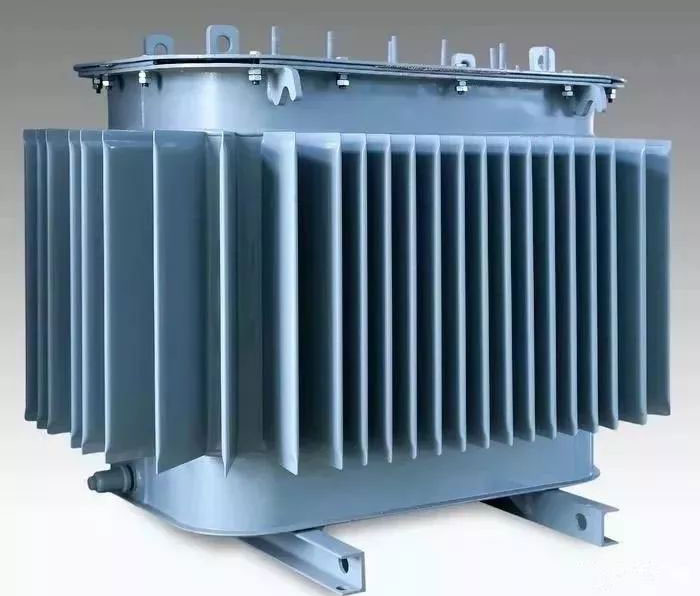1. PRODUCT CLASSIFICATION
Classified by cooling method: dry type (self-cooling) transformer, oil-immersed (self-cooling) transformer, fluoride (evaporative cooling) transformer.
Classified by moisture-proof way: open type transformer, potted transformer, sealed transformer.
Classified by core or coil structure: core transformer (insert core, C-core, ferrite core), shell transformer (insert core, C-core, ferrite core), toroidal transformer, metal foil transformer.
Classified by the number of power phases: single-phase transformers, three-phase transformers, multi-phase transformers.
Classification by use: power transformers, voltage regulator transformers, audio transformers, medium frequency transformers, high frequency transformers, pulse transformers.

2. THE CHARACTERISTICS OF THE POWER TRANSFORMER PARAMETERS
1、Operating frequency
Transformer core loss and frequency is very relevant, so it should be designed and used according to the frequency, this frequency is called the working frequency.
2、Rated power
In the specified frequency and voltage, the transformer can work for a long time, and does not exceed the specified temperature rise of the output power.
3、Rated voltage
Refers to the voltage allowed to be applied on the coil of the transformer, and shall not be greater than the specified value when working.
4、Voltage ratio
Refers to the ratio of primary voltage and secondary voltage of the transformer, there is a difference between no-load voltage ratio and load voltage ratio.
5、No-load current
Transformer secondary open circuit, the primary still has a certain current, this part of the current is called no-load current. No-load current consists of magnetization current (generating magnetic flux) and iron loss current (caused by core loss). For 50Hz power transformer, the no-load current is basically equal to the magnetization current.
6、No-load loss
Refers to the transformer secondary open circuit, the power loss measured in the primary. The main loss is the core loss, followed by the no-load current in the primary coil copper resistance loss (copper loss), this part of the loss is very small.
7、Efficiency
Refers to the secondary power P2 and primary power P1 ratio of the percentage. Usually the larger the rated power of the transformer, the higher the efficiency.
8、Insulation resistance
Indicates the insulation performance between the coils of the transformer, between the coils and the core. The level of insulation resistance and the performance of the insulation materials used, the temperature and humidity related.
3. AUDIO TRANSFORMER AND HIGH FREQUENCY TRANSFORMER CHARACTERISTICS PARAMETERS
1、Frequency response
Refers to the characteristics of the transformer secondary output voltage changes with the operating frequency.
2、Through frequency band
If the transformer in the middle frequency output voltage is U0, when the output voltage (input voltage remains unchanged) down to 0.707U0 when the frequency range, known as the transformer passband B.
3、Primary and secondary impedance ratio
Transformer primary and secondary access to the appropriate impedance Ro and Ri, so that the transformer primary and secondary impedance match, the ratio of Ro and Ri is called the primary and secondary impedance ratio.